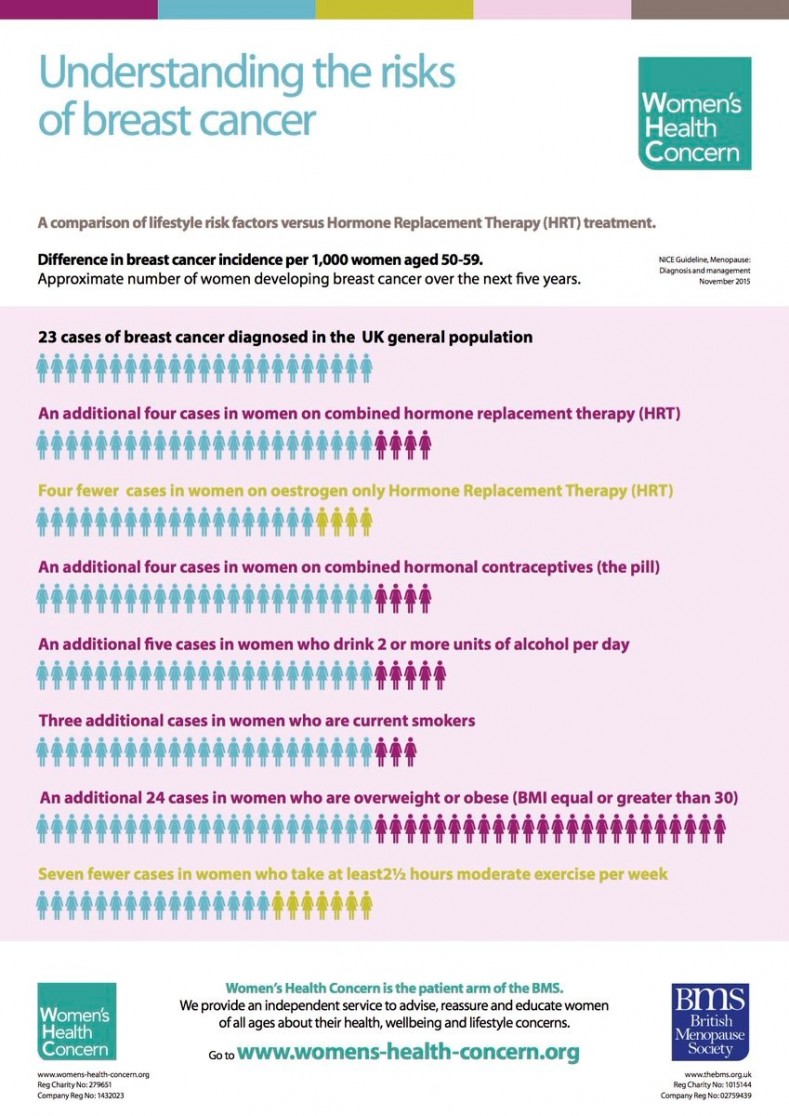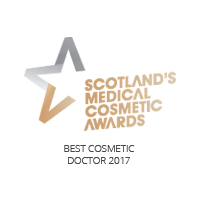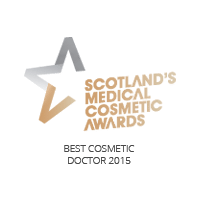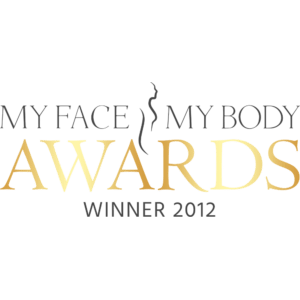The Risks of HRT
The recent story hitting the news about HRT doubling the risk of breast cancer really needs a bit of explaining and clarity. This conclusion is not based on new research but as a result of reviewing evidence and reanalysing the results.

The risk of developing breast cancer really needs some context to make sense and this table illustrates the relative risks of various factors that can result in developing breast cancer.
- As can be seen there is a general risk that 23 women in 1000 will develop breast cancer.
- This number increases to 27 if the women take conventional HRT. (an extra 4)
Conventional HRT comprises oestrogen and progestogen (which is a progesterone like substance but not actually the same as the progesterone we make ourselves) The progestogen is given to protect the lining of the womb from developing womb cancer – so taking oestrogen alone is not recommended if the woman still has a womb. This risk does not apply if using natural progesterone (for example if the HRT formulation is Bio-identical HRT- which means the hormones are identical to those produced naturally by our body) The Lancet study and the NICE guidelines are looking at progestogen and not progesterone.
- If the woman has no womb and is taken oestrogen only HRT (but no progestogen) then the risk drops to 19 women in 1000 (so the oestrogen gives some protection) (reduce by 4)
- If the woman is taking the combined contraceptive pill (oestrogen and progestogen) then the risk increases to 27 out of 1000. (an extra 3)
- If the woman drinks 2 or more units of alcohol per day then this increases the risk of breast cancer to 28 out of 1000 (an extra 5)
- If the woman smokes then the risk goes up to 26 out of 1000 (an extra 3)
- The risk rises dramatically if she is overweight – a BMI of 30 or above increases the risk to 47 women in 1000 (an extra 24)
- If the woman exercises, taking just 2.5 hours of moderate exercise per week then the risk drops to 16 women in 1000 (reduce by 7)
So even if the risk of breast cancer attributable to taking conventional HRT was deemed to be double what had previously been thought, ( an extra 4 people in 1000) as published in the Lancet, it can readily be understood that this is not a huge increase when it is so possible to influence other confounding factors like exercise, alcohol, smoking and being overweight.
In fact if one wanted to positively influence the risk of getting breast cancer then not being overweight, not smoking nor drinking excess alcohol combined with taking oestrogen only HRT combined with Bio-identical progesterone and exercising regularly could lower the risk to 12 women in 1000 -which is surely worth considering.
Find out more about our Bio-identical Hormone Replacement service.










